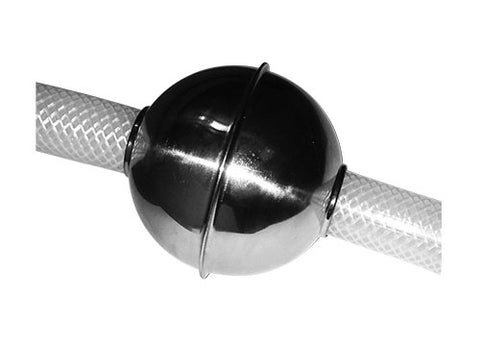Keeping the Mash Bed Fluid and Preventing Compaction
During the process of mashing while making beer, enzymes (e.g. proteins) 'cut' long-chain, complex sugars/carbohydrates (e.g. starches) into smaller sugars that yeast can digest to produce carbon dioxide and alcohol. In order to facilitate the best enzyme-carbohydrate interaction in the grain bed leading to highest saccharification (sugar conversion) and improving mash efficiency, it is important to keep the grain bed fluid and prevent compaction. When the grain compacts, it inhibits the free movement of enzymes, limiting the amount that they interact with complex carbohydrates (starches).
The best way to ensure the grain bed does not compact, is to ensure that water/wort movement down through the grain does not pull the grain down, and ensuring that there is sufficient water in the mash tun to keep the grain suspended. Flow through the grain can be controlled by throttling the valve returning the wort from the pump to the top of the grain bed, and a good rule of thumb for water level in the colander or mash tun is to keep about 1" of liquid on the grain bed at all times.
 Water can be returned to the top of the grain bed through a variety of means (pouring it manually, using a sparge arm etc.) however, the method that we find the easiest to use and provides most consistent reliable results is to have a hose returning wort (or water during sparge) that can keep the 1" layer replenished. In order to prevent the hose from sinking down into the grain bed, we offer the Hose Float Ball which simply slides over any 23mm or smaller hose (our 1/2" braided food-grade silicone hose is a great size) and holds the hose up at the surface.
Water can be returned to the top of the grain bed through a variety of means (pouring it manually, using a sparge arm etc.) however, the method that we find the easiest to use and provides most consistent reliable results is to have a hose returning wort (or water during sparge) that can keep the 1" layer replenished. In order to prevent the hose from sinking down into the grain bed, we offer the Hose Float Ball which simply slides over any 23mm or smaller hose (our 1/2" braided food-grade silicone hose is a great size) and holds the hose up at the surface.